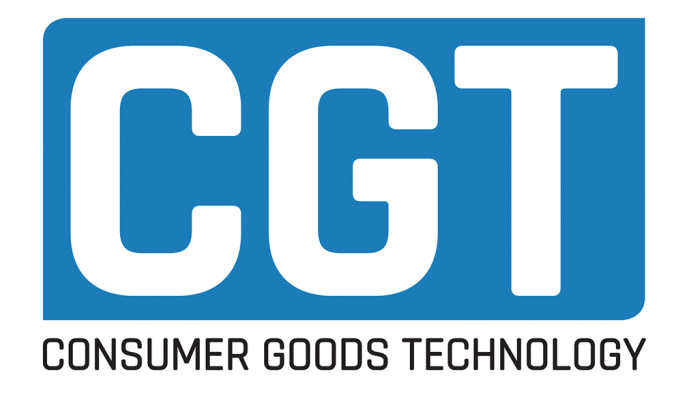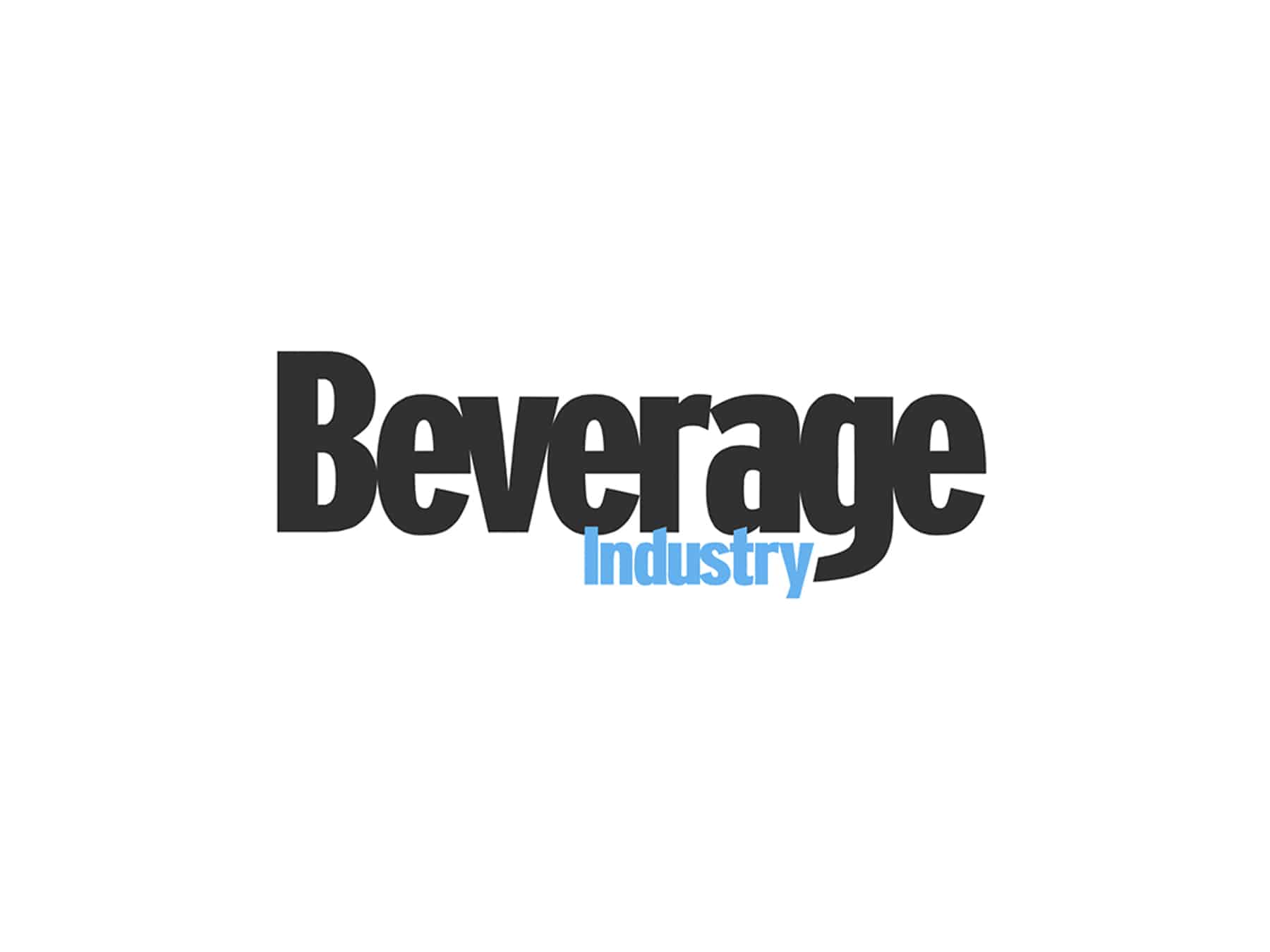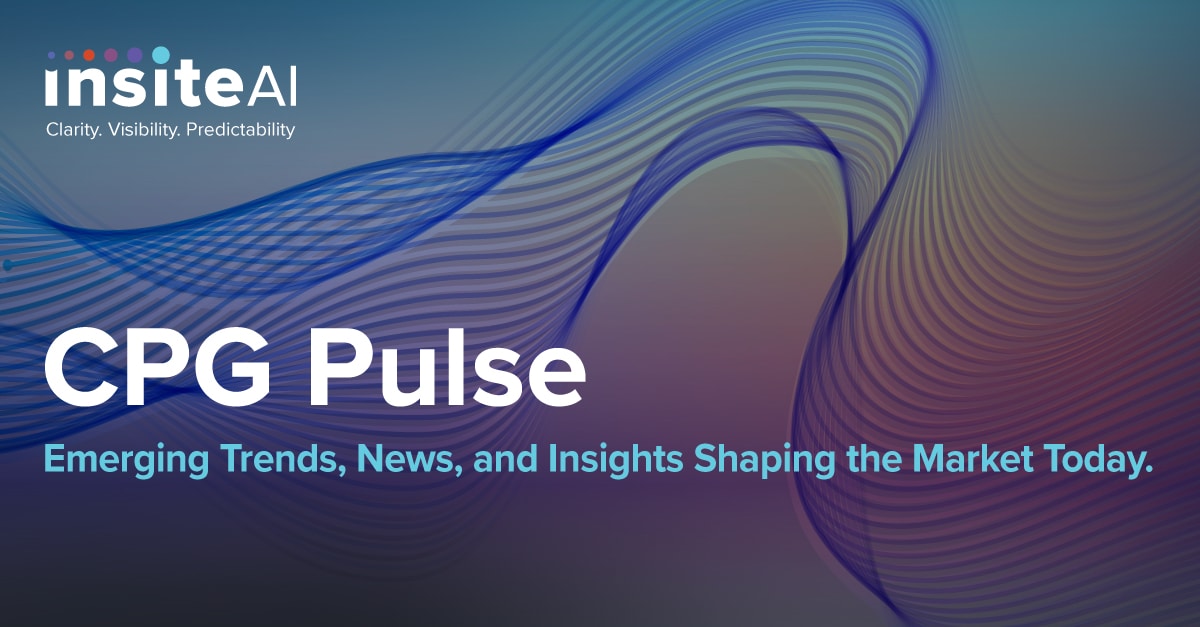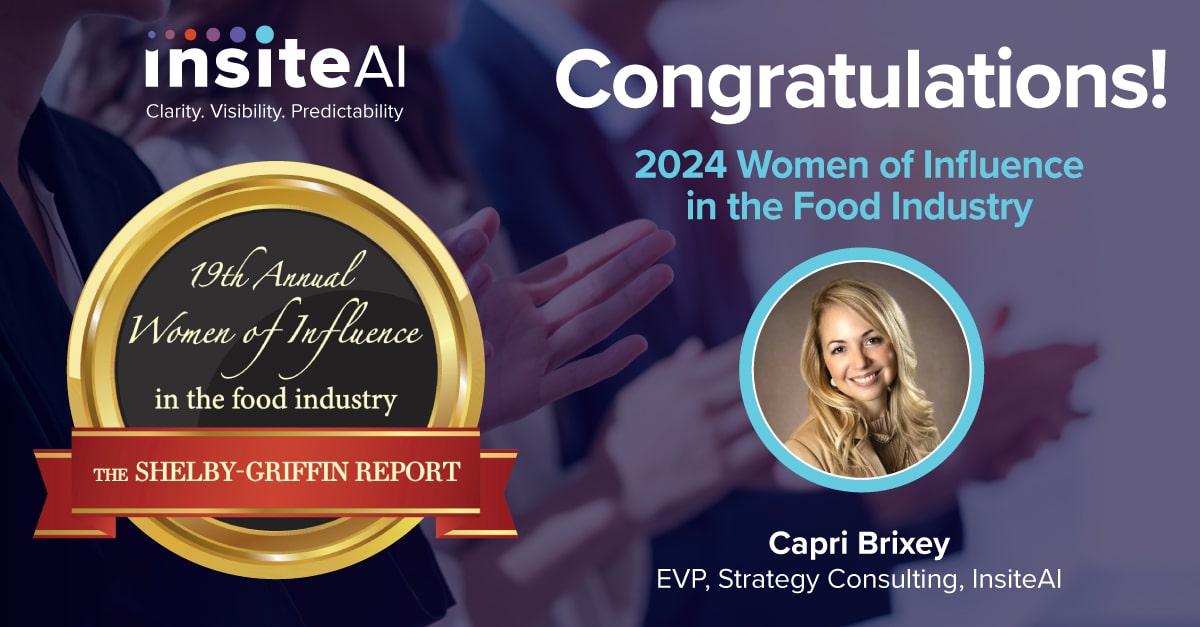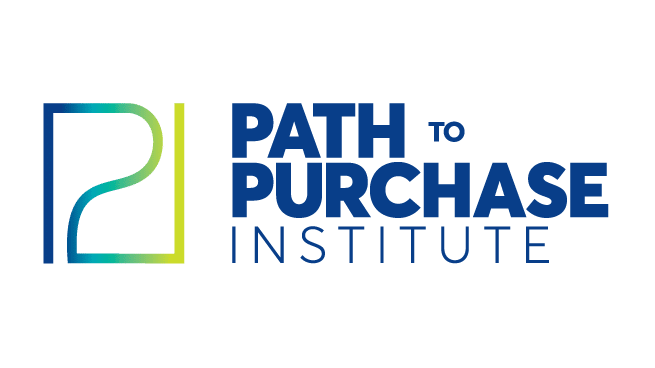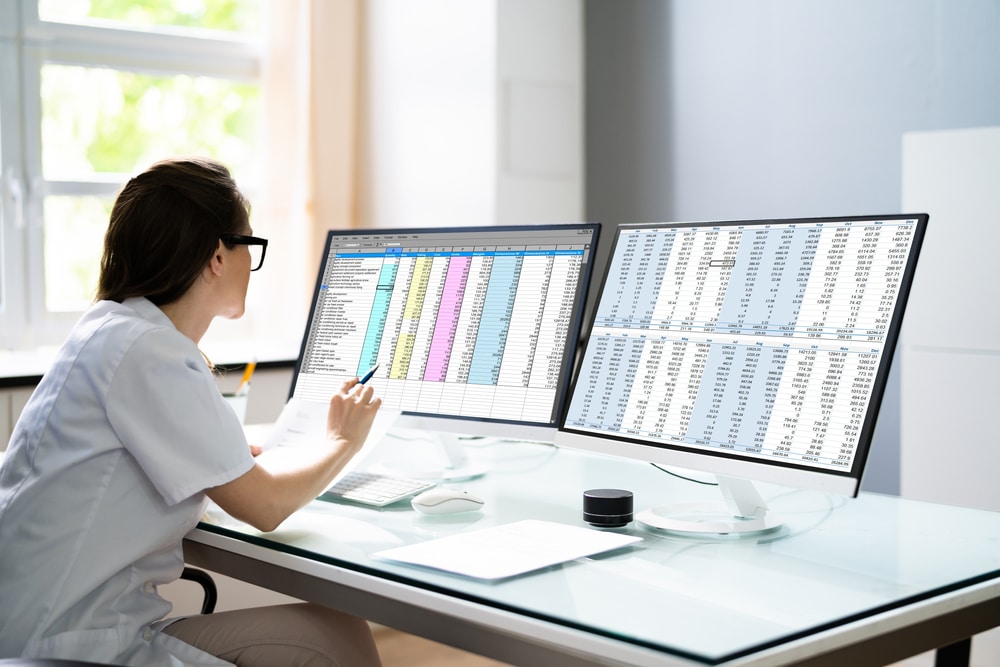
“Mainstream media and technology companies have made the topic of AI so confusing to the point that it now seems too conceptual and risky to adopt.”
Many CPGs still rely on the trusted yet limited capabilities of spreadsheets as primary tools for assessing and taking action on assortment, trade spending, space and promotions planning. While effective for certain applications, spreadsheets were invented in 1979; Excel was invented in 1985. These are not intuitive or enabled tools that can provide the timely, precise details required to make multibillion dollar decisions. With the retail landscape moving faster than ever, it is time to break free from the constraints of spreadsheets and leverage the transformative power of 21st century technologies. The future belongs to those who embrace innovation and adapt to the evolving industry landscape.
Limitations of Spreadsheets
Relatively easy to learn and use, spreadsheets are a popular option for conducting data analysis among CPGs. They offer a familiar and accessible interface for handling data, performing calculations, and creating visualizations. However, when it comes to fast decision-making in the dynamic world of consumer brands, spreadsheets reveal their limitations. While they can handle considerable amounts of data, they can be slow and unstable, particularly when data is complex. Spreadsheets further struggle to efficiently process and consolidate diverse data sets, leading to manual efforts (heavily reliant on already limited human resources) and potential inconsistencies. Excel can also impede collaboration and sharing at a time when there is more data than ever before to leverage. The bottom line is that spreadsheets are not intuitive and they require human intervention for use and to create value.
Market Volatility
Organizations are constantly trying to evaluate market volatility, competition, emerging markets and channels, and consumer behavioral shifts to assess where to allocate resources. Not having the right products and package sizes in the right place at the right time with the right price results in lost sales opportunities. If performance data shows gaps to targeted objectives, the organization will spend the year working to re-assess remaining planned actions and investments. This makes dependence on historic data troublesome. The gap between the “look back” and the “look forward” is a missed opportunity, especially in light of the market and supply chain volatility of the past three years in the CPG industry in particular.
Modern Approaches
Today, purpose-built CPG-tailored software can ingest billions of data points from disparate sources to assess category maturity, predict future performance and assess the value of investments, allowing brands to appropriately allocate resources. It can also make more precise financial predictions. If resources are not allocated properly, expected results are not achieved. The resulting “gaps” can take a long time to close. Spreadsheets simply indicate what those gaps are; they do not indicate how to solve them. They can only hold data.
CPG-tailored technology uses timely data to project into the future, reducing dependence on historical data alone. Unlike spreadsheets, CPG focused software can “learn” from repetitive patterns and algorithms; it does not simply report data.
CPG-specific software with modeling capabilities uses multiple data sources in real time, incorporating everything from product sales and gas prices to labor department data and demographics. Because their models (accelerated by different prediction, product and pricing engines), are continuously finding data points and learning, they are able to provide forward-looking and prescriptive insights. It can signal package optimizations–e.g. whether there should be more gallon sizes of milk in a particular store versus single-serve cartons. The technology also finds those “needles in the haystack” that can be key differentiators from one store’s assortment to the next. By allowing all data to work together, teams can respond swiftly to market changes and adapt strategies dynamically, providing a competitive edge in a fast-paced industry.
Collaboration & Pinpointed Goals
Moving beyond spreadsheets enables greater collaboration and agility. Cloud-based platforms and data-sharing technologies have begun to facilitate seamless communication across departments, breaking down silos and fostering a collaborative culture. As part of that evolution, good software can facilitate better annual business planning, factoring in supply chain, labor and other costs into input assumption fields. The beauty of this is that it gives visibility to everyone in an organization and makes highly accurate predictions. This elevates target-setting, breaking out targets by function. It measures and compares achievements and lets retailers and suppliers work together to meet goals. Retailers and CPGs can then enable the Joint Business Planning process with these same powerful tools and more collaboratively agree upon a set of metrics and activities that will achieve aligned business objectives that are very specific to categories, investments or activities. Progress against all objectives is part of the modeling, constantly assessing and improving accuracy of predictions, reducing or eliminating the replanning that results from gap closure and volatility.
Lack of Trust & Familiarity with AI
Mainstream media and technology companies have made the topic of AI so confusing to the point that it now seems too conceptual and risky to adopt. Despite evidence to support the use of AI, its effective application to broad data sources and existing processes is still nascent in the CPG industry. Just 11% of CPG organizations have adopted ML/AI tools. This stems from various factors, including concerns about the accuracy and reliability of AI algorithms, and a lack of clarity on how to apply the forms and functions of AI models to existing business processes.
There is tremendous efficiency to be gained using technology over spreadsheet, regardless of whether it incorporates a little AI or a lot of AI. Good software does not necessitate adding people (nor replacing people) to make that happen. It’s a small investment compared to what the returns can be when technology is used to augment teams and enable them to act with exponential speed and precision. Any returns can be high with clearly measurable objective-setting and ROI.
Conclusion
The move away from spreadsheets is not just a call for change; it is an opportunity for growth and innovation. By embracing cutting-edge software and analytics, the full potential of data can be unlocked, allowing CPGs to make informed decisions and drive sustainable business growth. The time to act is now, as the CPG landscape continues to evolve rapidly. Those who adapt to change will be the ones to thrive and capitalize on the transformation opportunity.
